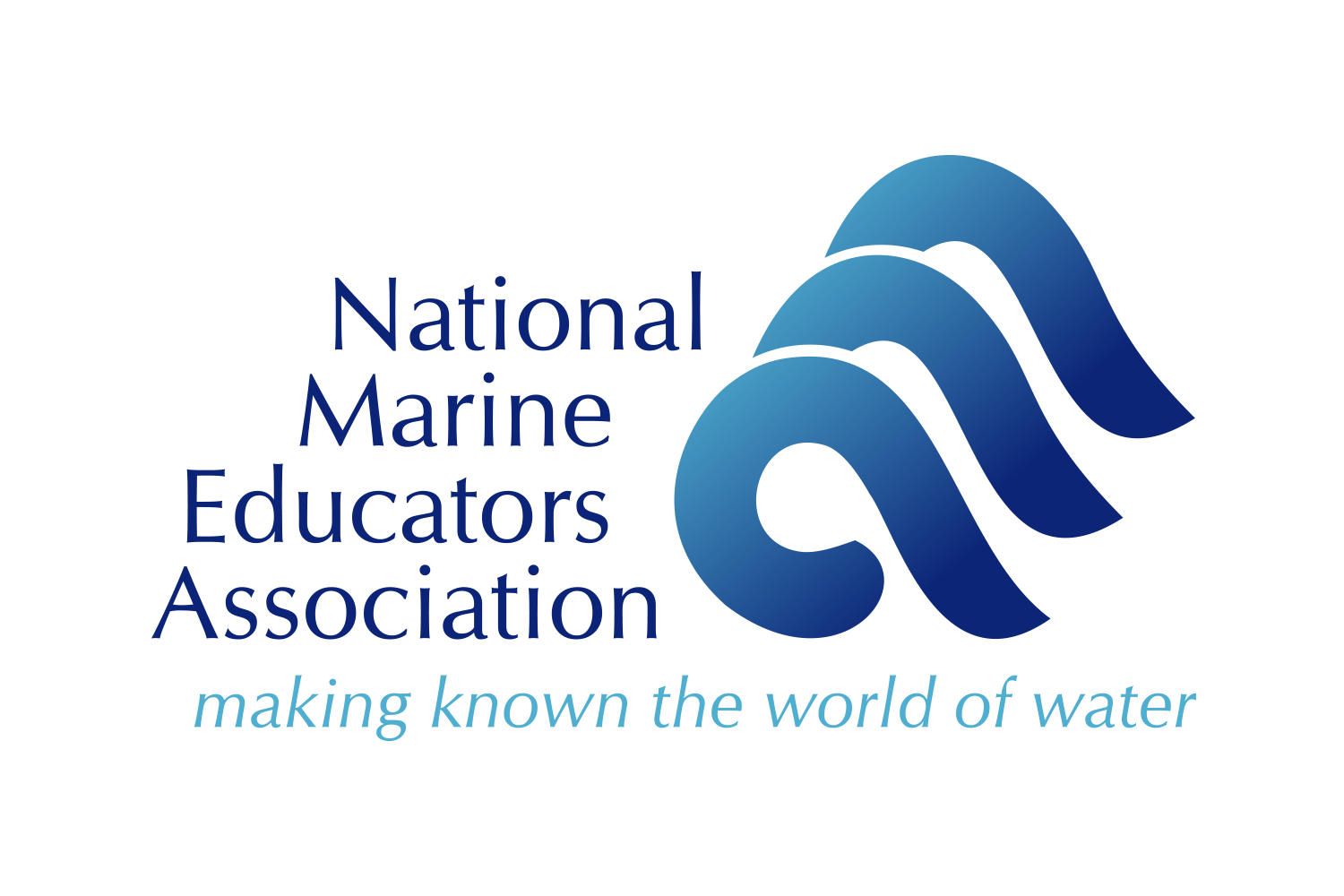Engaging Students’ Senses in the Virtual Learning Environment
By Tara Treiber*, Dieuwertje J. Kast*, Dijanna Figueroa*, Earl Jones, Lynn Whitley* (*NMEA members)
Program description:
The Bridge Builders Foundation's Ernest E. Just Youth Science Program is designed to expose minority students to careers and academic pursuits in science, technology, engineering and math (STEM) careers in a manner that combines classroom career instructions with field trips and fun projects and experiences. The program allows middle school girls and boys, ages 10-14, to explore the wonders and fascinations of marine biology and science. The program is dedicated to Dr. Ernest Everett Just, a pioneering African American biologist, who received international acclaim for work in marine biology.
Due to COVID-19 or SARS-CoV-V2, the novel coronavirus, the EE Just Summer Marine Science Camp moved to a virtual program for the Summer of 2020. One of the strengths of the program has been providing minority students with hands-on, first person, active marine science learning in the field. As a result of the quarantine in effect, that field-based learning was not possible. Organizers and instructors were forced to adapt like their tidepool counterparts and to replicate some of those in-person experiences to the online environment. In the field, habitat sounds are naturally experienced, but they can be easily excluded from a virtual learning experience. The Intertidal Sounds Activity was developed, based on the Project WET Thunderstorm activity, to actively engage students in thinking about and experiencing the sounds of the rocky intertidal habitat. The instructor guides students through a variety of actions that together create the sounds of the rocky intertidal. The guided experience, created by Tara Treiber, and led by Dr. Dijanna Figueroa, was one students’ favorites from the 2020 program. Here, we’re providing an overview of that activity for anyone to replicate in their virtual or in-person learning environment.
Dr. Dijanna Figueroa had this to say about leading this lesson with students:
“This activity gave us the opportunity to bring the sounds of the sea into an interactive virtual learning space.”
An EE Just student, Nico F., said this about his experience as a student:
“It was almost like I was transported to the tide pool! It wasn’t the actual beach but it was really fun making the sounds.”
We hope the activity inspires you to think more broadly about what experiential education looks like in the virtual environment!
Intertidal Sounds Activity Instructor Overview
The intertidal can be loud for the animals that live there
There can be small waves coming in and out
Everyone rub your hands together to make small wave sounds
There can be rain
Everyone snap your fingers for rain sounds
There can strong wind
Everyone make strong wind sounds
There can be so much heat from the sun
Everyone wipe the sweat away on your forehead
There can people people stomping all over the place
Everyone clap on your legs for walking sounds
There can be big waves
Everyone make the loudest clap you can for the big waves
Okay, now we’re going to divide up
Last names A-E - You’re going to make our wave sounds (Demonstrate rubbing hands)
Last names F-J - You’re going to make our rain sounds (Demonstrate snapping fingers)
Last names K-O - You’re going to make our wind sounds
Last names P-T - You’re going to swipe away the sweat (say Whew!)
Last names U-Z - You’re going to make the stomping sounds (Demonstrate)
Then we’re all going to clap with a giant loud wave
Everyone know your job? (Review as needed)
Great, bring on the waves
Let’s add some rain
Let’s add wind
It’s really hot, let’s wipe away the sweat
People are coming and stomping around
Get louder rain!
Get louder wind!
Okay now, <clap> everyone stop
Try it again being really quiet
Try it again being really loud

